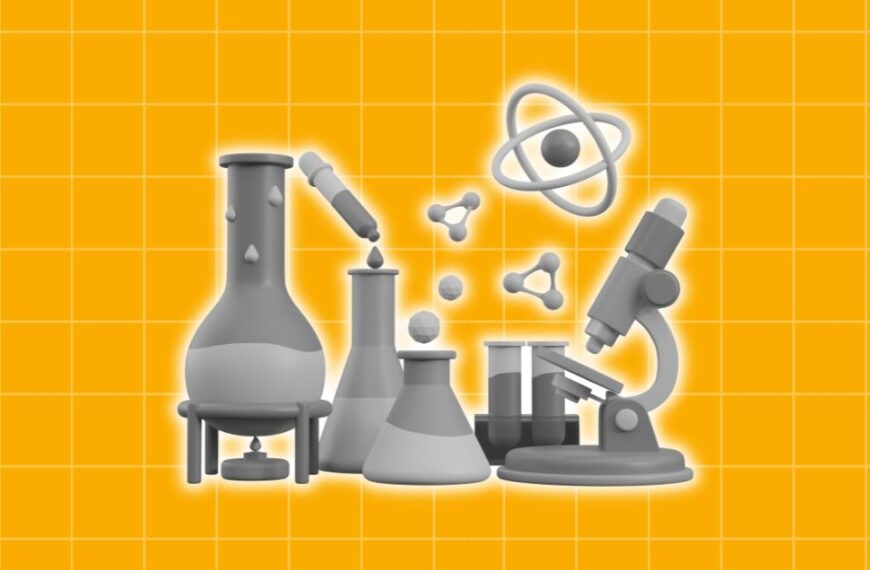Did you know that 4 out of 5 consumers desire advertisements tailored to their city, zip code, and local area?
In a world where 89% of people search for local businesses on their smartphones at least once a week, and “near me” or “close by” type searches have grown by more than 900% over just two years, it’s evident that there’s a significant shift towards hyperlocal engagement.
This article delves into the world of Hyperlocal Social Media Marketing, a powerful tool that connects businesses with their local audience and helps them thrive in the digital age.
(Source: Hyperlocology)
What is Hyperlocal?
Hyperlocal, in simple terms, means focusing on a small, localized area, like your neighborhood or town.
It involves tailoring marketing efforts to engage with individuals and communities in close proximity to a business’s physical location. This approach is becoming increasingly vital in our interconnected digital age.
Types of Hyperlocal
Hyperlocal marketing comes in various forms, each tailored to different objectives.
It includes strategies like local SEO, geotargeted advertising, community engagement, and creating content that resonates with local audiences.
What is Hyperlocal Social Media Marketing?
Hyperlocal Social Media Marketing is a strategy that uses social media platforms like Facebook, Twitter, and Instagram to connect with a local audience, fostering a sense of community and brand loyalty.
It targets people in a specific neighborhood or town, tailoring marketing efforts to engage with individuals and communities in close proximity to a business’s physical location.
Why it’s Effective for Small Businesses?
Small businesses often find it challenging to compete with larger corporations that have nationwide or global reach. It can level the playing field in several ways.
It allows personalized customer engagement, boosts local SEO rankings, optimizes advertising budgets, builds trust and credibility, and offers measurable results to assess the effectiveness of marketing efforts.
5 Benefits of Hyperlocal Social Media Marketing
Personalized Engagement: Allow businesses to engage with customers on a personal level, addressing their unique needs and concerns.
Boosting Local SEO: By optimizing content for local keywords and targeting local audiences, businesses can significantly improve their search engine rankings within their specific region.
Cost-Effective Advertising: Focusing on a smaller, more specific audience allows businesses to make the most of their advertising budget and achieve higher returns on investment.
Building Trust and Credibility: By demonstrating commitment to the local community and addressing its unique needs, small businesses can establish themselves as trustworthy and community-focused entities.
Measurable Results: Hyperlocal strategies are highly trackable, enabling businesses to measure and analyze their marketing efforts and adapt their strategy based on real-time data.
Hyperlocal Social Media Marketing Strategy
To effectively implement Hyperlocal Marketing, businesses should follow a well-structured strategy.
This includes conducting in-depth audience research to understand the interests and habits of their local customers, creating content that resonates with the local audience.
As well as choosing the right social media platforms that are popular in their specific region, actively engaging with the local community through comments, messages, and local events, and continuously monitoring and analyzing results to fine-tune their strategy for optimal performance.
Platforms to use
Several social media platforms are particularly effective for Hyperlocal marketing, such as Facebook Groups, Nextdoor, and Instagram Geotagging.
These platforms offer unique opportunities to connect with local audiences and create a sense of community.
Examples
Let’s explore real-life success stories to illustrate the power of Hyperlocal Marketing. These case studies demonstrate the effectiveness of Hyperlocal strategies for small businesses.

Local Café: A small café in a bustling neighborhood used Facebook to engage with local residents.
By sharing daily specials, hosting local events, and responding promptly to comments and messages, they saw a 25% increase in foot traffic in just three months.

Community Organization: A nonprofit organization aimed at serving a specific community leveraged Nextdoor to reach residents. They organized local clean-up events and shared valuable community resources.
This led to a 30% increase in volunteer sign-ups.

Retail Store: A boutique clothing store used Instagram Geotagging to showcase their products.
By tagging their location in posts and encouraging customers to do the same, they saw a 15% boost in in-store sales within a quarter.
Conclusion
In conclusion, Hyperlocal Marketing is a powerful tool that can empower small businesses to thrive in their local communities.
By adopting this approach, businesses can connect with their local audience in a meaningful way, boost their online visibility, and become an integral part of their community’s online landscape.
It’s a revolutionary approach that holds great promise for the future of small businesses.
Interested in how Hyperlocal Social Media Marketing can drive success for your business?
Our article delves into the strategies you need to know. But that’s just the beginning. We’re known for being data alchemists, who provide data-driven strategy that deliver results.
Let us help you craft a personalized Hyperlocal Marketing plan. Get your free marketing proposal now and set the path for your business to succeed locally.



